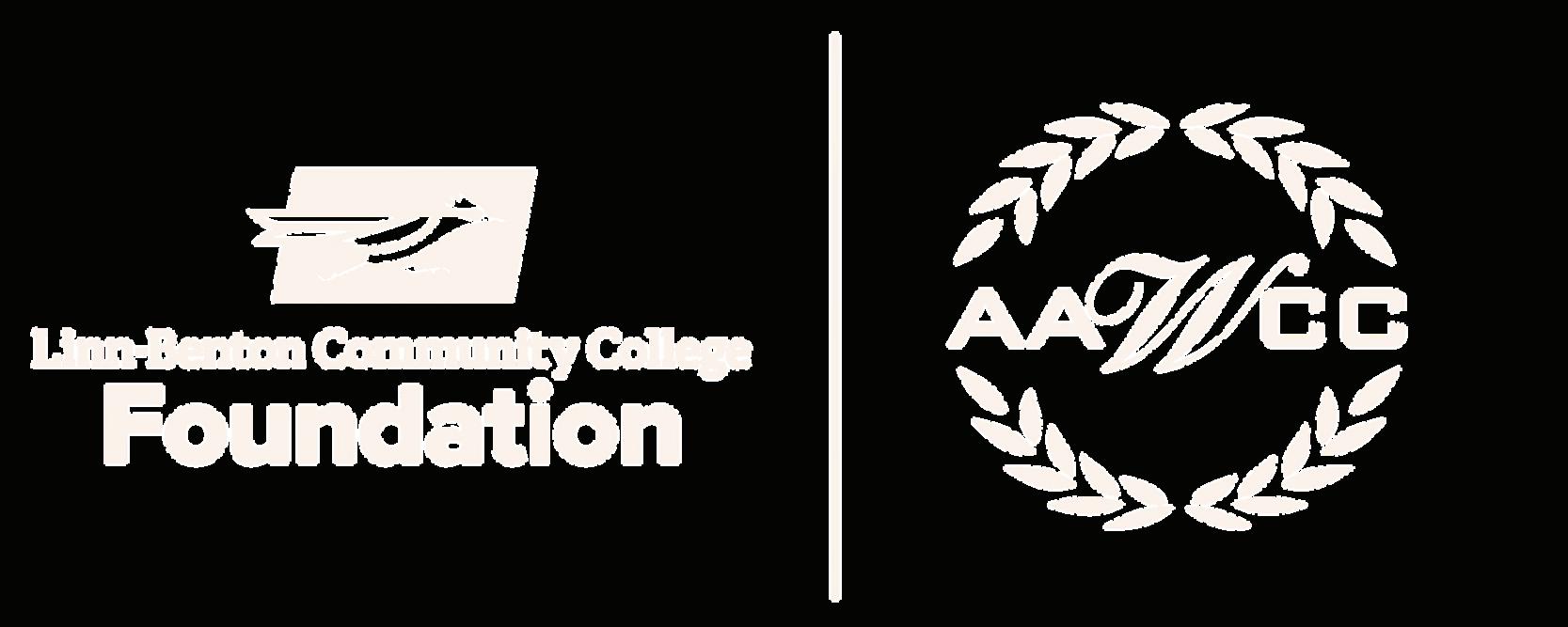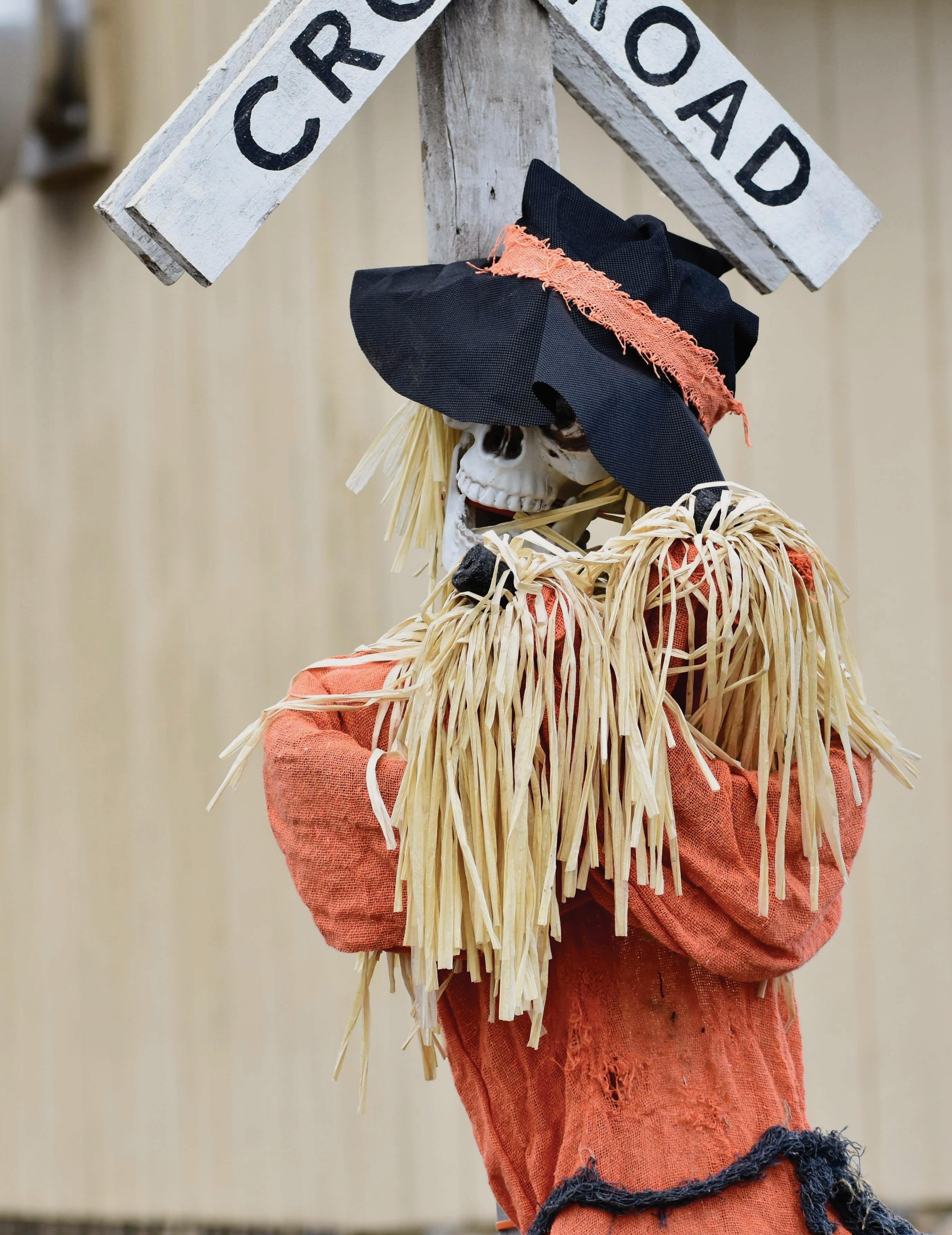

FEELING LIKE FALL
letter editor
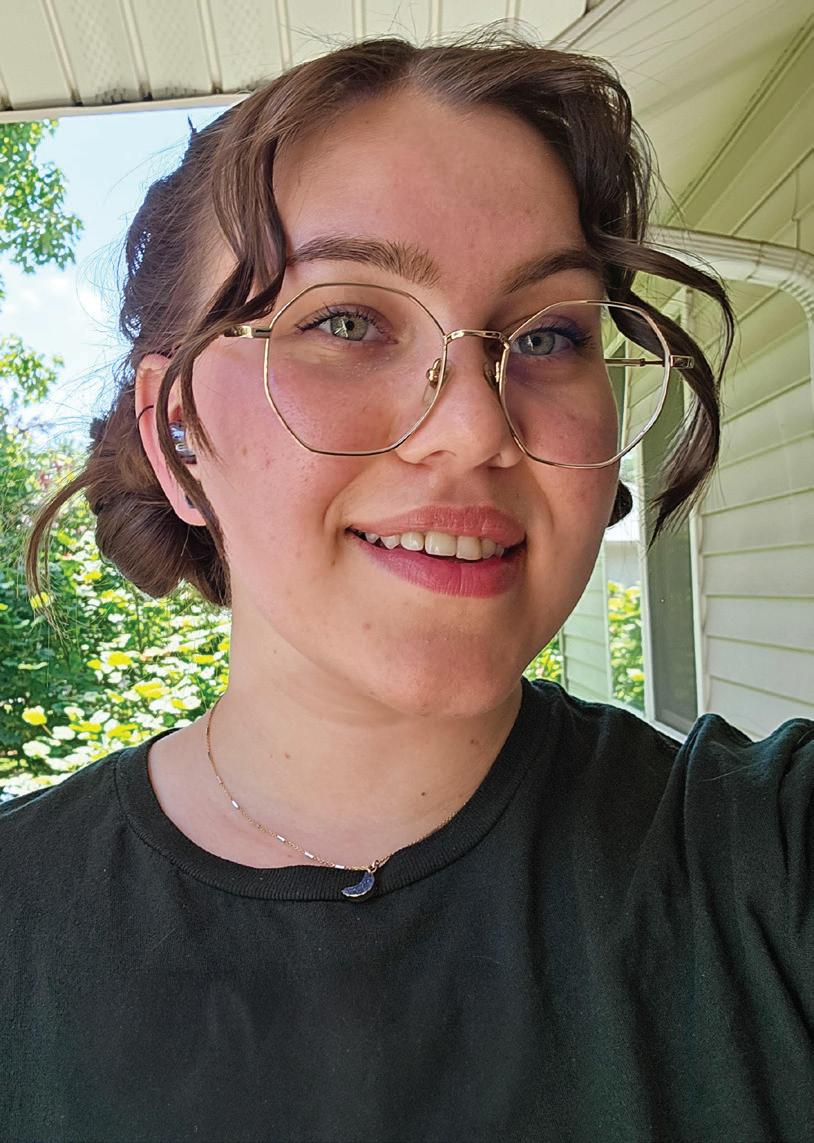
Time flies! We’re already a few weeks into fall term. You might be starting to feel a little overwhelmed or maybe you’ve gotten into a routine and are feeling more confident than ever! Either way, take a few minutes to sit and read through The Commuter. You’ll find a variety of stories not only giving helpful tips on managing school and personal life, but also some fun features on local fall festivities.
about us join the team from the
As the season changes and the weather starts to cool down, the day can start to feel a little dreary. But that doesn’t mean you should just bundle up inside all fall. There are many events here on campus throughout the season. Making it easy to find new connections and keep your spirits up as the weather turns cold.
Here at The Commuter we’re staying warm by furiously writing stories and putting together each new edition. If you think you’d like to join us, stop by our office!

Micah Teague Editor-in-Chief
The Commuter is the student-run magazine for LBCC, financed by student fees and advertising. Opinions expressed in The Commuter do not necessarily reflect those of the LBCC administration, faculty and students of LBCC. Editorials, columns, letters, and cartoons reflect the opinions of the authors. LBCC is an equal opportunity educator and employer.
letters welcome
The Commuter encourages readers to use its “Opinion” section to express their views on campus, community, regional and national issues. The Commuter attempts to print all submissions received, but reserves the right to edit for grammar, length, libel, privacy concerns and taste. Opinions expressed by letter submitters do not represent the views of The Commuter staff or the college.
Wanna get together? We’re really nice and fairly cool and we’d love to hear what you have to say. Not big on journalism but love to journal? Perfect. Are you a STEM major with major opinions? Let’s hear ’em. Like writing about ’80s film? Local animals? Snack hacks? Maybe you have a hefty folder of flash fiction on your laptop, just dying to be published and printed. Drop us a line. We’d love to meet you, read you, and support you. Think your ideas might be too weird or too niche for submission? Even better. The Commuter is an award-winning publication because of our wide range of contributions and our unique contributors. So reach out. We’ll be staring at our email inbox in the meantime, not an ounce of chill to be had.
editor-in-chief
MICAH TEAGUE
design editor
KAILYN MCQUISTEN
JULIA NEVUS
advisor
ROB PRIEWE
contributors
ANTHONY DREWS
AYDEN HORTT
BRENDA AUTRY
CARSON EMMERT
EMILY KINKADE
GEORGE BENNETT
GRACELYN JOHNSON
JESUS SANDOVAL-URIBE
KENDRA COX
KRYSTAL OVERVIG
MARSHALL HAMEL
MIKA WINDER
MIKE MCREYNOLDS
RENÉE SILVA
SAVANNAH WEST
SID MYDLAND
SKYLAR WILKERSON
WYATT MARSHALL
sticker contributors
RAIN DAVIS
JESUS SANDOVAL-URIBE
NESTOR GONZALEZ
in this issue:

The Heart of Student Life
Building Community, Confidence, and Change Through the Student Leadership Council

Introducing the 202526 Staff
marketing director 04 10 12 16 18 20 24 28 22 06 08
Meet the Team Non-Traditional Voices
Finding Your Footing

College isn't the Boogeyman
Overcoming Fear of What's Next

The Melon Shack
Finding Fun for the Whole Family

Oregon Recycling Just Got Better
Local Recycling Updates
WANT TO SEE YOUR NAME HERE? JOIN THE TEAM!
A Ghost in the Machine

Pursuing Education with Long Covid






A Silent Collapse In Our Oceans


An Overlooked Key to Our Planet's Life Support System

From Bikini to ZZ
Summer concerts at Cuthbert Amphitheater and Grand Lodge

Short Story
The Typewriter Collection of Fall Poems
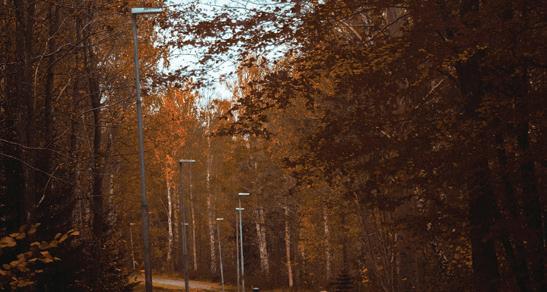
cover photo by MICAH TEAGUE

The
Heart of Student Life
Building Community, Confidence, and Change Through the Student Leadership Council
WEST
PCC
"For me, it’s always been about helping students see themselves as changemakers."
— Rob Camp
Student leaders are often seen as energetic extroverts, but most SLC members join not because they already have confidence, but because they’re looking to build it. They come for connection, growth and a chance to make a difference. Rob Camp, SLC Leadership Coordinator, joked that “80% of us are all introverts who don’t want to approach people, but leadership teaches us to reach out.” At its core, SLC is a place to grow, belong, and lead. It helps students form friendships, gain hands-on leadership experience, and shape college decisions.
What is the Student Leadership Council?
The SLC is a student-run hub for connection, advocacy, and action: members plan events, run volunteer programs, and represent student voices in college governance, including budget decisions that affect student basic needs. Camp notes the council “helps shape campus culture,” and the group routinely turns student concerns into projects and policy that produces visible change on campus.
for belonging drives SLC participation. Students often find more than they expected; close friendships, a love for advocacy and a sense of purpose. “When I came in, I was like, I don’t even know if I want to go to college,” said Johnson. “Then I got my internship. It opened my eyes—I could go further, and now I actually want to keep going.” The community students join helps them stay engaged, both in class and on campus.
Internships: A First Step into Leadership
The SLC internship program offers a low-commitment, high-impact way to get involved. Interns spend about three hours per week—one in a team meeting, one shadowing a rotating SLC role, and one working on projects or events. You will get hands-on experience with planning, budgeting and governance; all while exploring your interests and learning where your passion fits. Interns co-host two events a year, starting with a small gathering their first term and later a campus-wide event. The program lets you learn by doing—no experience needed, and for many students, including SLC President Lileanna Johnson, it becomes the first spark toward deeper engagement.
Roles, Responsibilities & Time Commitment
“I found a community in student leadership—and I want to make sure we keep inspiring each other to stay active.”
—Lileanna Johnson, SLC President
“Watching a student go from hesitant and unsure to confidently leading a meeting or presenting to the Board of Education is incredibly rewarding,” says Camp. “It’s those moments where they realize, ‘I belong here—and I can lead here.’”
Why Students Join: Stories and Motivation
Interviews, the SLC training retreat, and the OCCSLA conference show a common reason students join: connection. Lileanna Johnson, SLC President, said, “I was pretty alone and just needed to be connected. I started going to events and showing up—it helped me feel motivated to come to school every day.” That search
SLC is a student-run team where members take real ownership of campus life. Roles range from elected leaders who represent students at Board meetings to directors who run budgets, communications with clubs, volunteer programs and major events. Interns rotate through positions to learn skills; the Judiciary Board keeps rules and elections fair; Rocky the Roadrunner brings campus spirit. Most roles require about 3-12 hours a week, so you can gain meaningful responsibility while keeping classes first. Whether you are leading a committee or hyping up the campus in the Rocky suit, every role contributes to a team that’s driven, inclusive, and student-centered.
words by SAVANNAH
photos by CHRISTIAN MARTINEZGUZMAN,

Why Join? The Perks of SLC
Being part of the Student Leadership Council comes with real benefits, both practical and personal. Members earn Talent Grants that appear on financial aid disbursements, and extra hours worked beyond your role count as volunteer hour milestones—including the chance to earn 3 free credits after 100 volunteer hours.
Additionally, you’ll gain skills that matter— teamwork, event planning, budgeting, public speaking—that make your resume stand out and prepare you for university and career success.
Most of all, it’s about community. You’ll be surrounded by supportive peers who are motivated to collaborate, grow, and make a difference. The Student Union becomes a place to recharge and connect, with retreats, conferences, and yes, plenty of snacks and swag along the way.
Joining SLC means gaining confidence, building lifelong skills and the chance to
leave your mark on campus—all while getting support that makes college more meaningful— and more affordable.
The Bigger Picture: Why SLC Matters
At LBCC, student government is more than symbolic— it's student-run, student-led, and student-powered. Through the Student Leadership Council, students don’t just attend meetings; they sit at the table where decisions are made. It’s not symbolic—it’s structural. Students influence decisions that impact classrooms, programs, and resources. From reporting at Board of Education meetings to shaping college policy, SLC ensures student voice drives real change on campus.
“I want us to create a legacy,” said Johnson. “To build connections and keep inspiring each other—it has to be a community to really work.”
But the impact doesn’t stop there. By organizing events, leading volunteer efforts, and
advocating for equity and affordability, SLC members learn how to create change that reaches far beyond LBCC. The skills, confidence, and connections built here empower students to step into their communities—and into the wider world—as leaders who know their voices matter.
Ready to Step In?
You don’t need leadership experience, or be a certain “type” of person, to get involved. Most SLC members started with a simple step: showing up. The SLC is here to welcome you. Join a volunteer project, come to an event, or just drop by the Student Union for coffee and conversation. No application required—just bring your interest and an open mind. You will find a space to grow, lead, and be heard.
▲ SLC Students participate in group activities at the Menucha Retreat.







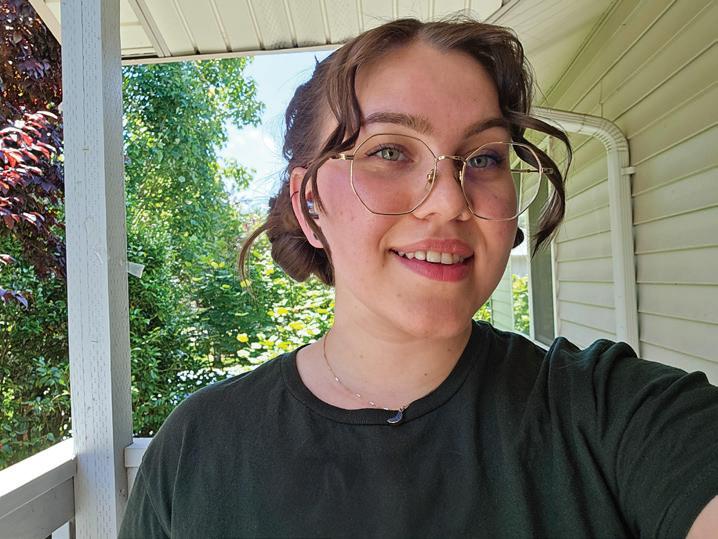



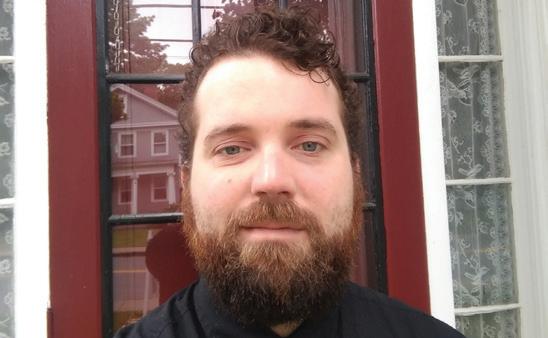

















































Non-Traditional Voices:
Finding Your Footing
words by KRYSTAL OVERVIG
Starting a new school year always comes with a mix of nerves and excitement. For non-traditional students, those of us who might be parents, working fulltime, or returning to college after years away, the transition can feel especially overwhelming. We’re not just figuring out class schedules and Canvas log-ins; we’re also balancing kids’ school drop-offs, jobs, bills, and sometimes even the voice in our heads that says, “Am I really supposed to be here?”
The truth is, yes, you are supposed to be here. Every classroom is better because it has students who bring different life experiences. While some of us may feel out of place sitting next to a group of 18-yearolds fresh out of high school, we also bring resilience, perspective, and motivation that come from living real life before returning to school.
If you’re just starting out this term, here are a few things that can help you find your footing:
• Lean on campus resources. Tutoring centers, academic coaching, and student parent support programs exist for a reason, don’t wait until you’re in crisis to use them.
• Build a support network. Even if you don’t have time to “hang out” on campus, connecting with one or two classmates you can text about assignments makes a huge difference.
• Give yourself grace. Some weeks you’ll feel like you’re crushing it, and other weeks you might just barely get by, and that’s okay. Progress, not perfection, is what matters.
Most importantly, remember that being a non-traditional student isn’t a weakness; it’s a strength. You’re proving, to yourself, to your family, and to your community, that it’s never too late to grow, learn, and take the next step.
So whether you’re starting over, starting later, or simply starting again, know this: you belong here, and you’re not alone.






College isn't the
BOOGEYMAN
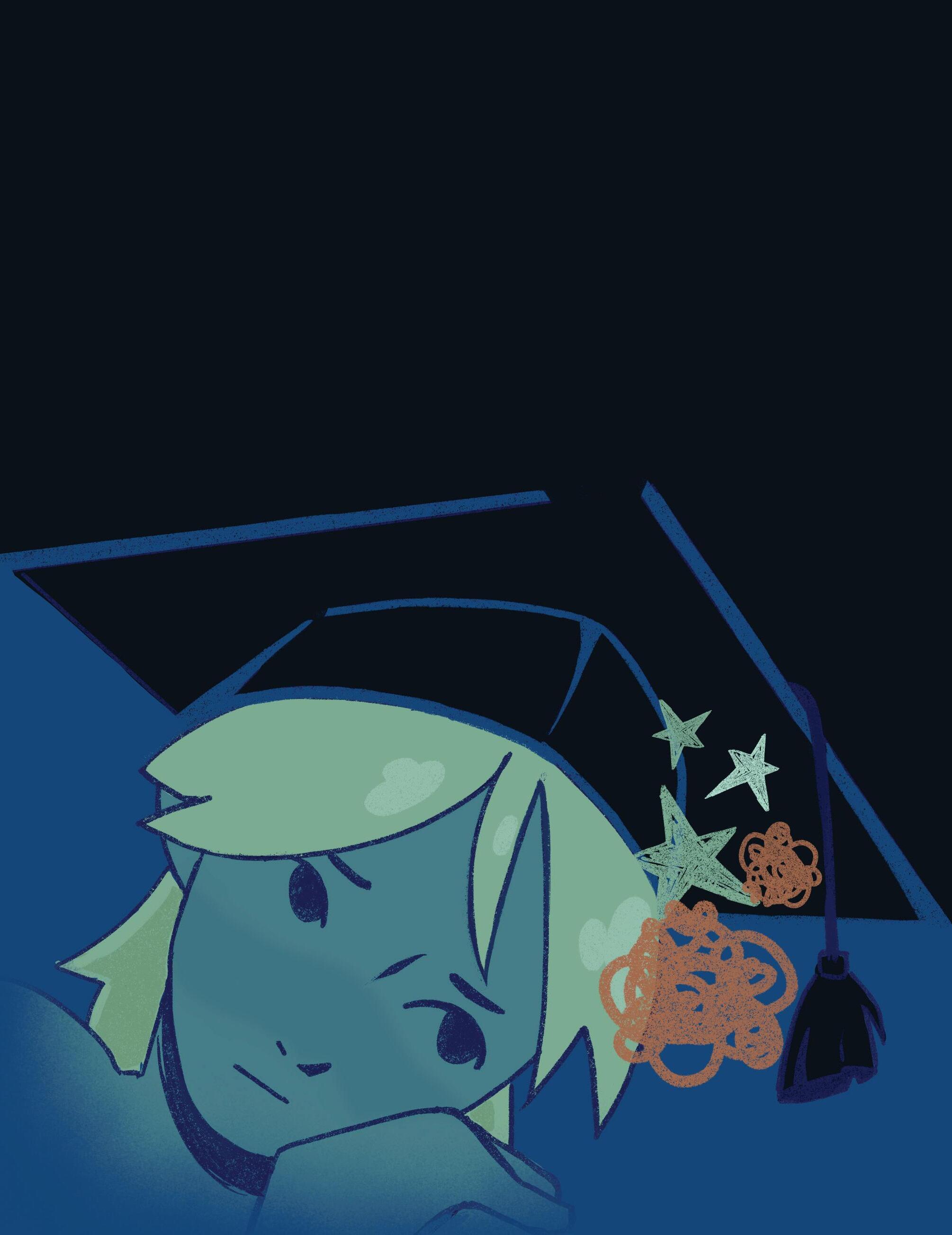
words by EMILY KINKADE illustration by KAILYN MCQUISTEN
BOOGEYMAN C
ollege. The faraway land we used to casually dismiss in middle school. Portrayed as something insanely vigorous, intimidating, intense, and purely for adults. Movies didn’t help either; one minute they showed the friend-filled college community and endless parties, the next they showed sleepless nights of studying and messy piles of books.
Growing up, college always felt larger than life. Teachers made it sound like the boogeyman heading our way. Movies either romanticized it into a nonstop party or dramatized it into a soul-crushing grind. In reality? It’s challenging, sure, but not untouchable, even for high schoolers.
I remember thinking whenever I heard people talk about college or saw it in movies, “Oh, I have time!”
I did not have time.
Okay, maybe that’s a bit dramatic, but still. At the fresh age of fourteen, I enrolled at Linn-Benton Community College through my charter school. My thought process? Why not? I had nothing to lose, right? It was an amazing opportunity. I could knock out two birds with one stone by earning my high school diploma and my associate’s degree at the same time. I figured I’d just get a move on in life.
I kept that exact attitude until, quite precisely, the day before classes started. Suddenly, reality hit. I wasn’t excited anymore; I was terrified. I’m not usually an anxious person, but all I could think about was (1) how queasy I felt, and (2) how unprepared I was.
Honestly, it felt like the end of my fun. I thought I couldn’t goof around anymore or be a kid, that I had to suddenly be serious and disciplined, which I was not ready for. My perception of college was completely skewed.

Watching my older siblings slog through studying and lectures made it look miserable.
“I’m going to turn around right now, unenroll, and no one will ever know,” I told myself as I walked to my first class. Spoiler: I did not turn around. I walked in fifteen minutes early (really the last time I was ever that early) and sat in the front row (also the last time that happened).
And just like that, I experienced my first college class at 15, and the world, in fact, did not end.
I stayed the whole class, signed up for another term, then another. Rinse and repeat until now.
Looking back, college did feel incredibly daunting at first - and during plenty of moments after that too -but it taught me something unexpected. It’s not nearly as scary as it seems. Once I got over that first wave of nerves, I realized that professors are people that actually care about students succeeding, and most classmates are just trying to figure things out like I am. The workload can be tough, but it’s manageable, and the independence is actually freeing.
Dual enrolling has turned out to be one of the best decisions I’ve ever made. It’s helped me grow in confidence, get ahead academically, and learn how to balance responsibilities early on. I’ve met people of all ages, learned how to ask questions, and figured out that it’s okay not to know everything right away.
Looking back, college definitely felt like the monster under the bed. Huge, shadowy, and way too close for comfort. But after that first class, I realized it wasn’t a monster at all. It was just… college. The same place I used to think was larger than life turned out to be perfectly human-sized, and honestly? Pretty fun once you stop running from it.



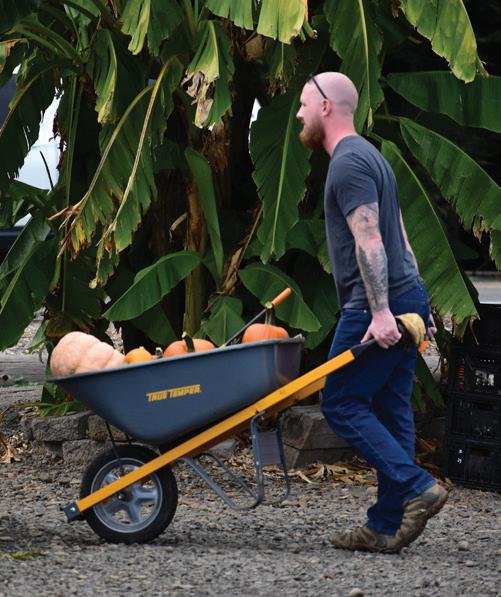

THE MELON SHACK
If you’ve driven on U.S. Highway 20 between Albany and Corvallis, chances are you’ve seen the little farm stand that sits between the road and a larger plot of farmland just outside of Corvallis. This farm stand belongs to The Melon Shack, a family run farm that provides fresh produce to the surrounding community.
Starting in 2012 The Melon Shack was small but powerful! They continued to grow each year and within just a few years they had planted the idea for something that would become even bigger within the community.
words and photos by MICAH TEAGUE



The Melon Shack corn maze has become a staple in many families' fall festivities. The corn maze is surrounded by pumpkin patches, and hay bail rides are offered throughout the day. There are even several food trucks on site offering hot-roasted nuts, apple cider, and fresh-made tacos! It all makes for an adventure for families to spend together.
The corn maze features posts throughout, giving patrons clues on which way to go, along with a bit of local knowledge. Every year the maze has a theme reflecting the community or current events. This year, the theme is Pennywise the clown!
But you might be wondering how a corn maze is made?
“Well, we start planting the corn at the end of June. The timing is kind of important, because we don’t want it to be overmature,” said Melon Shack owner Tim Winn.
A lot of planning goes into creating each maze every year. Starting early they plant the corn in summer and once it’s reached the right maturity they clear out the paths creating the maze.
“When you get to building the maze, there needs to be the right amount of space between the trails on the corn so we don’t have trails too close together. Because that kind of defeats the idea of getting lost in the maze when you can see all the other trails,” Winn said.
Winn described the factors that go into creating a fun but challenging maze. Fitting all the paths into one area with dead ends and loops that lead into one another, while keeping them the right distance apart to create the feeling of being lost in corn.
Winn also expressed a responsibility to his community. The yearly corn maze has become something
dear to many families in the area and he described seeing people go from small kids running around the pumpkin patch, to young adults working alongside him creating this memory-making experience for others.
The corn maze isn’t just for families with kids though! People of all ages are welcome to come enjoy the festivities. For the more daring, there is a haunted corn maze at night – with some fun spooky characters walking around, giving the experience a whole new feeling. The haunted maze for many is a yearly must when it comes to celebrating Halloween.
When planning your trip to The Melon Shack, keep in mind that it’s an outdoor space. They’re open rain or shine! The maze runs from late September to Oct. 31. It’s open from 10 a.m. to 6 p.m. The haunted maze is available Thursday, Friday and Saturday from 7:30 to 10 p.m.
The day maze fee is $6 and kids 3 and under are free! If you’re going through the haunted maze, Thursday is a discount day at $15 a person while Friday and Saturday are $20 a person.
The Melon Shack is a great way to celebrate fall with friends and family. With U-pick pumpkins, a corn maze and plenty of fall treats, it’s a fun experience for everyone.

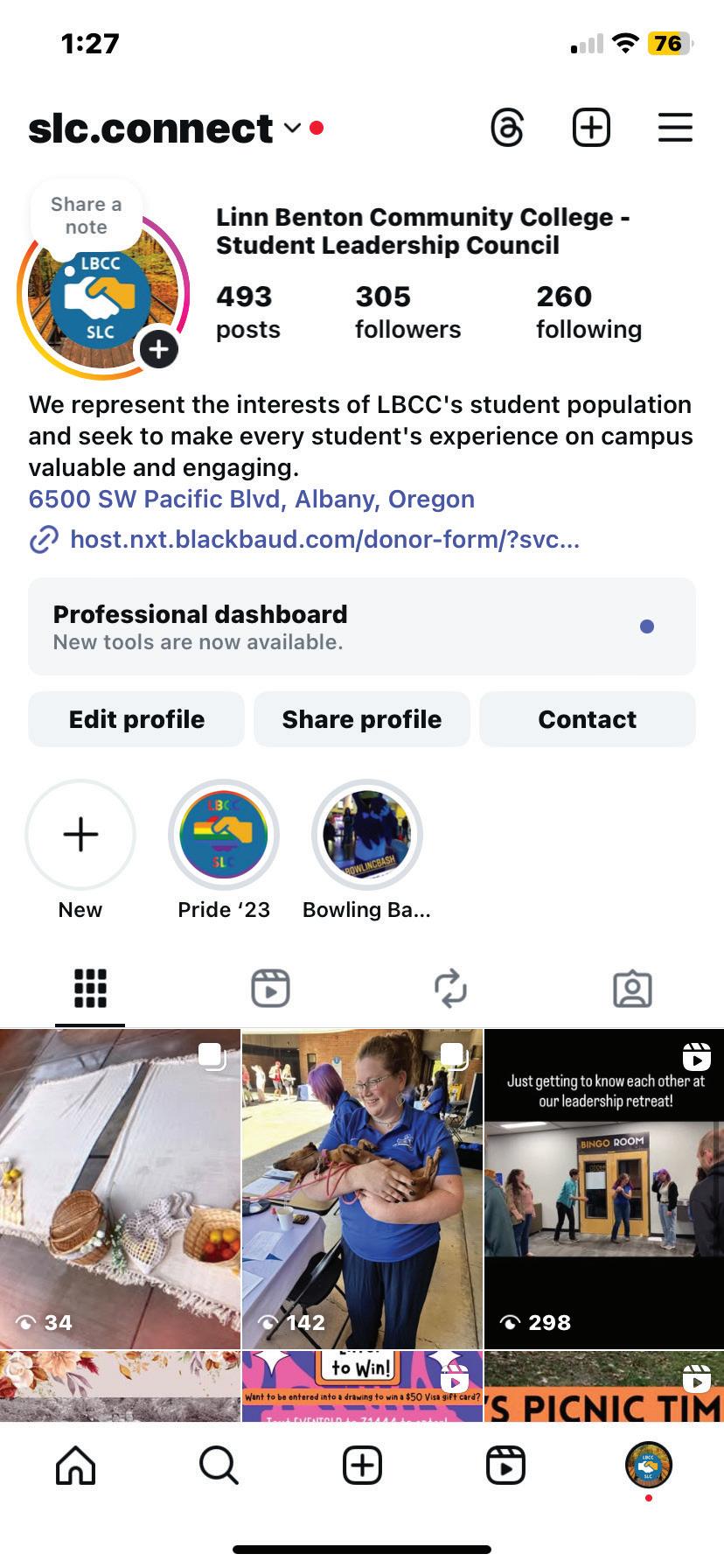
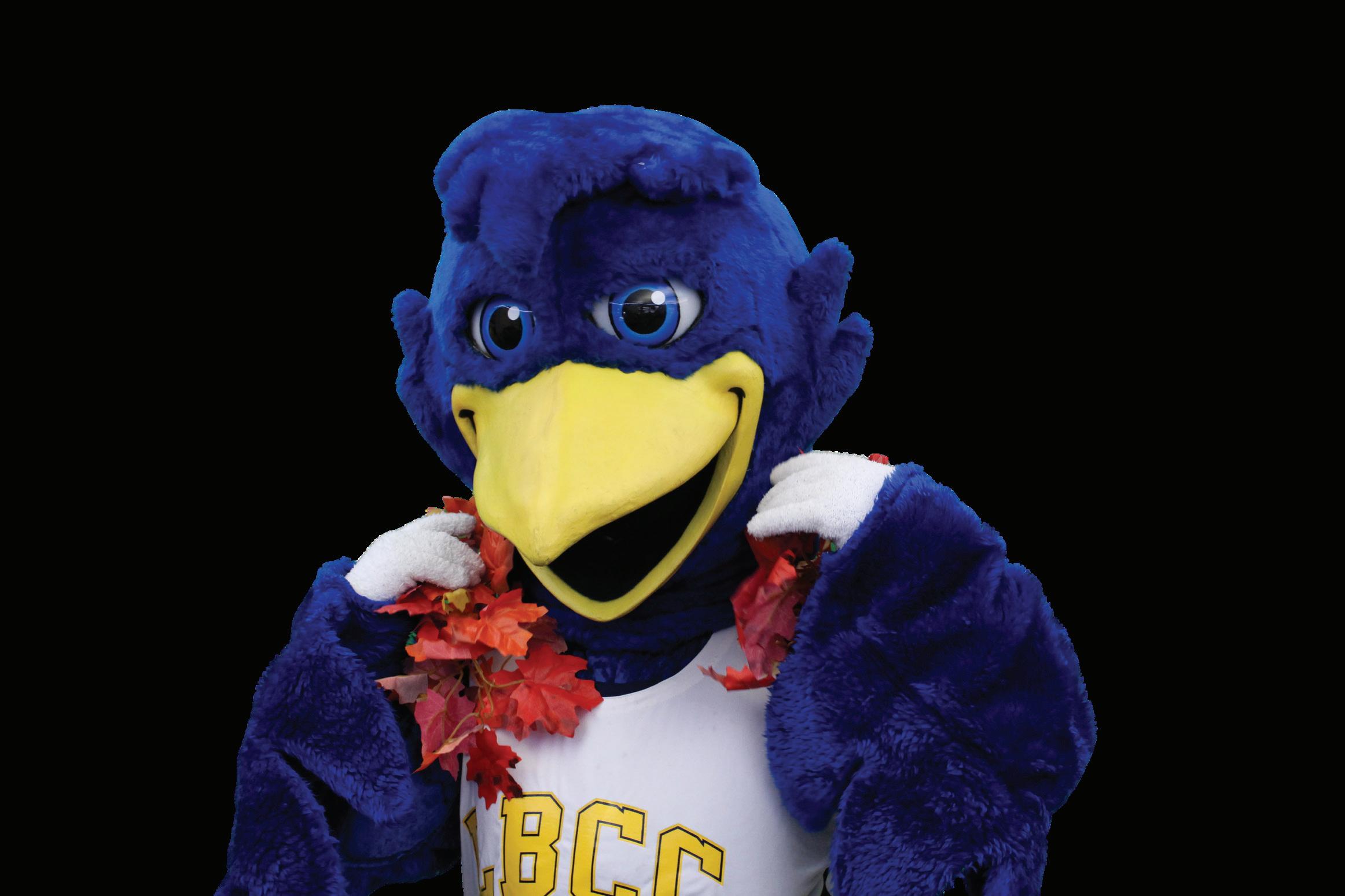
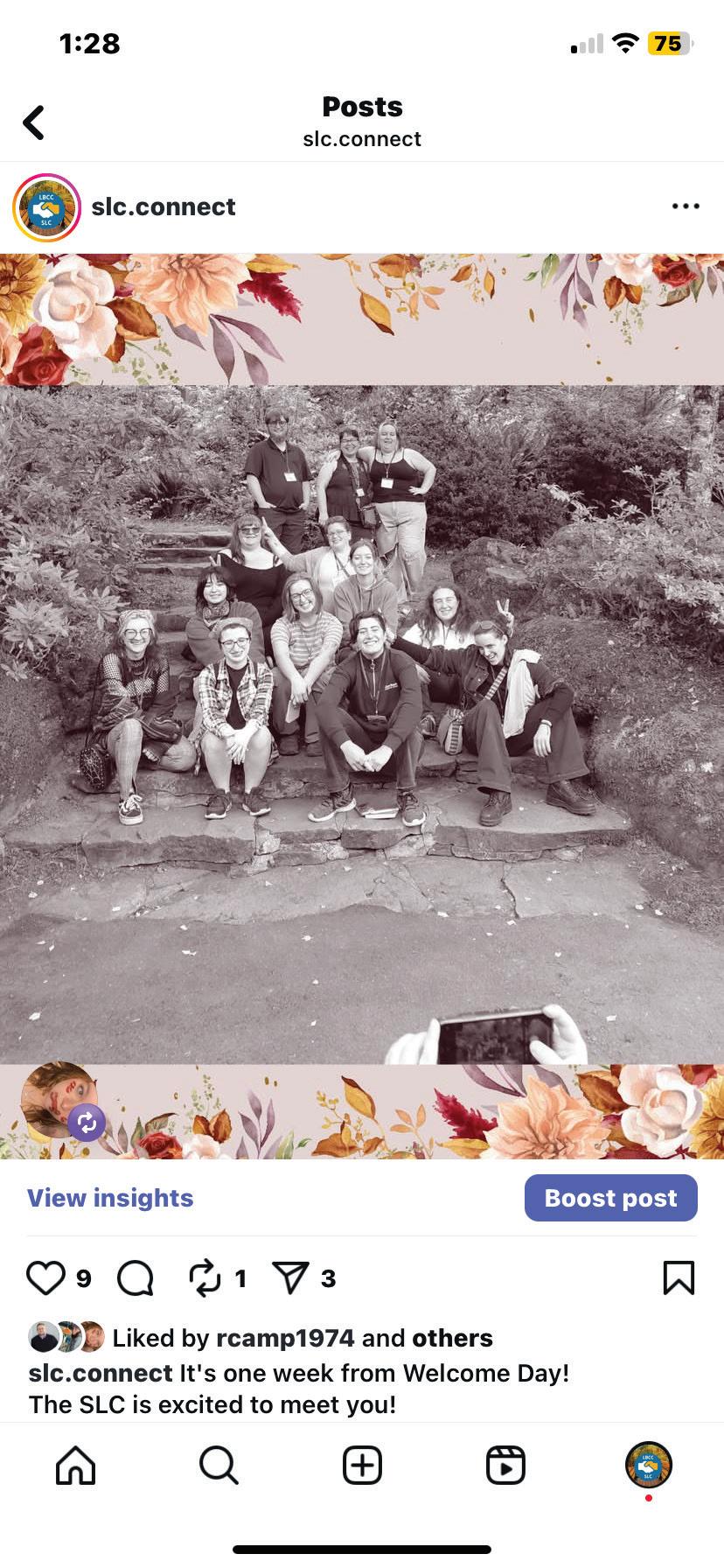
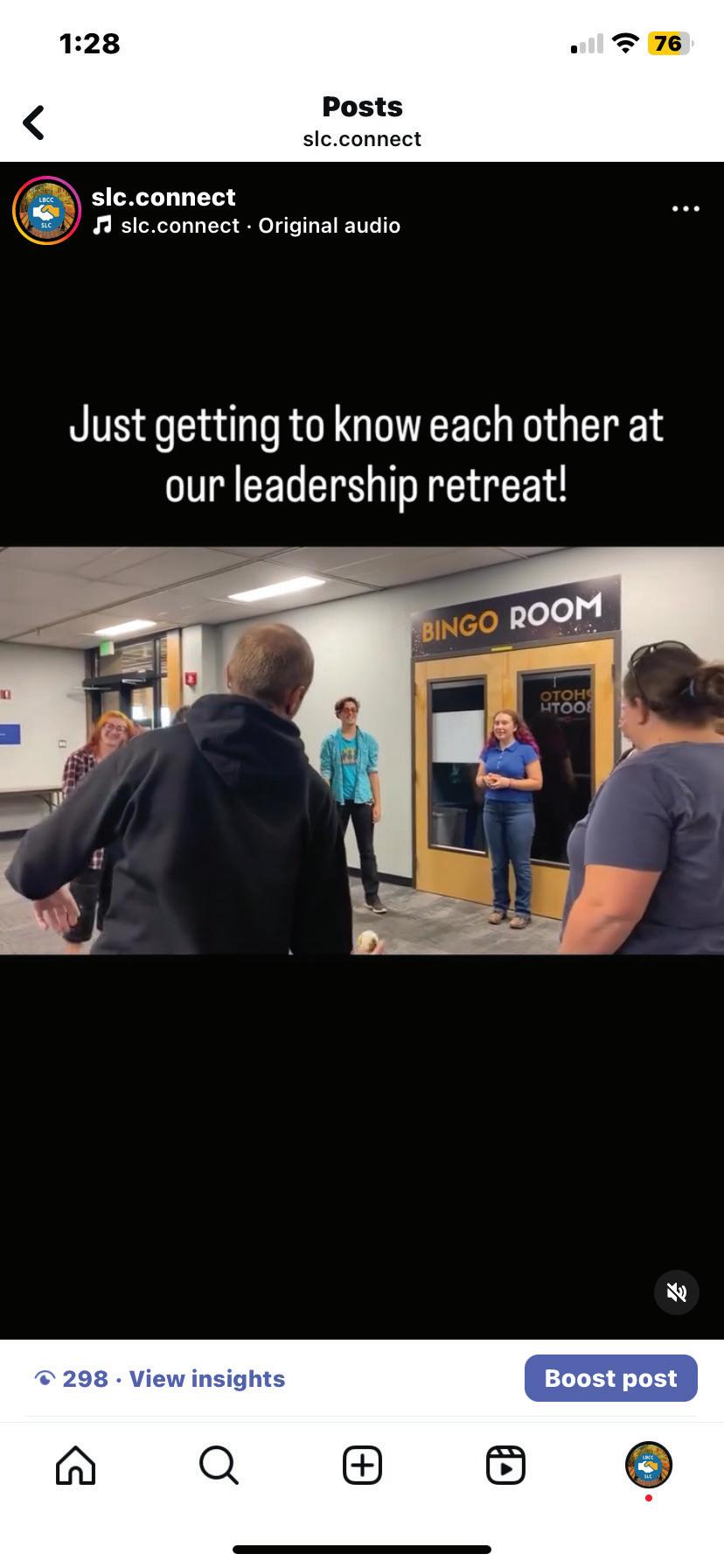
Oregon’s Recycling Just Got Better
words by MIKE MCREYNOLDS
photos by AYDEN HORTT
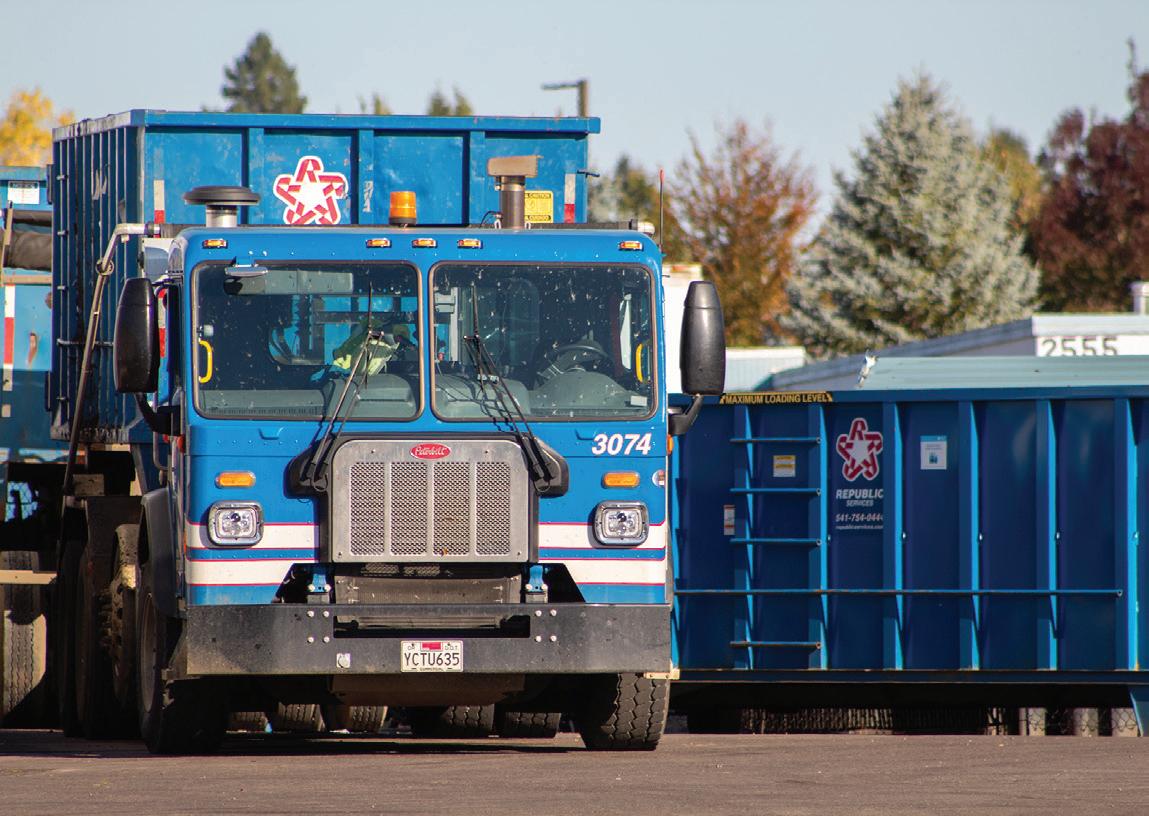
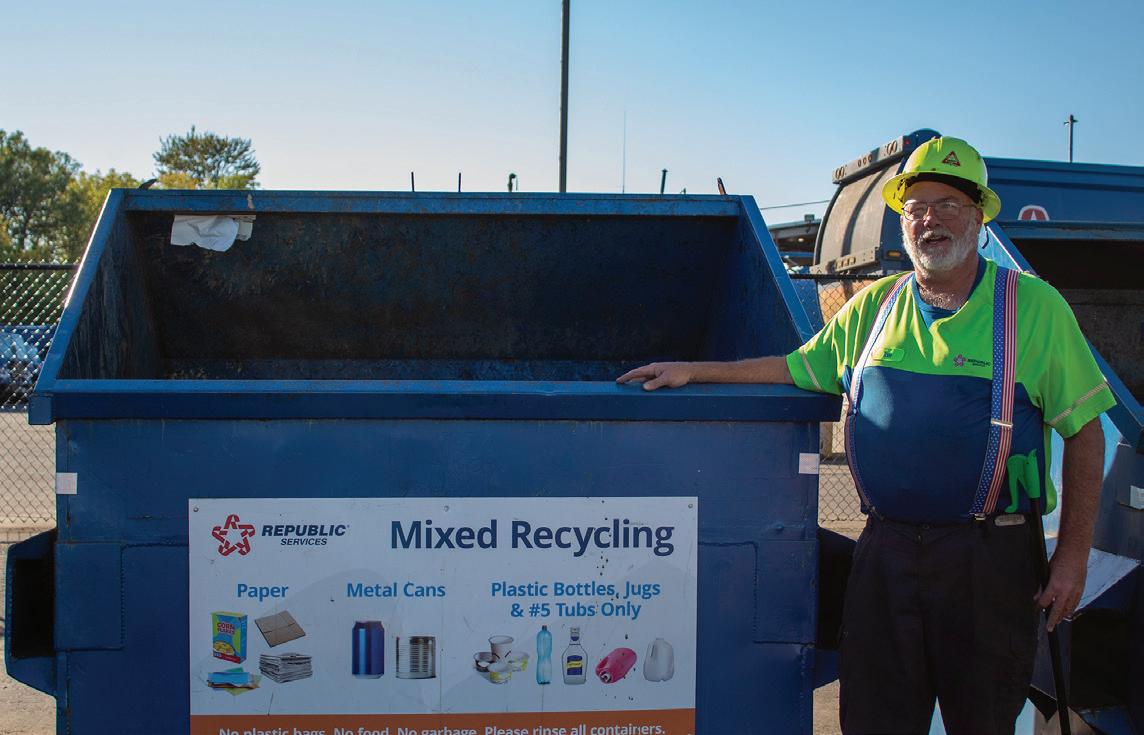
The Solid Waste Division is a resource to help guide your family, business or organization in solid waste best practices to ensure a sustainable environment for our community. Did you know that each day in the United States, about five pounds of trash is generated per person, which is nearly one ton per person every year? We can reduce how much ends up in the landfill by recycling and composting whenever possible, and most importantly, preventing waste production in the first place. By cutting down on food waste, buying and using less, or purchasing second-hand items, we can help keep Benton County cleaner, healthier and more sustainable.”
That quote comes from the Benton County Sustainability In Action page.
This July new rules kicked in expanding what can be recycled. New types of plastic were added. Scrap metal was added like pots and
pans (non-teflon), aluminum foil and aerosol cans. The website: has a chart that you can print and post on your refrigerator to remind you not to just throw things in the garbage. There is a chart in both English and Spanish included in this article.
Once you find out what you can recycle, you will need to make sure that you clean all containers of food, soap or dirt. This can be done by simply rinsing with hot water. Pizza boxes that have grease marks can’t be put in the recycle bin but can go in the yard debris container to be composted. Paper products like boxes, soda/ beer containers and paper bags should be flattened so you have room for all the new stuff that you will be filling the bin up with. There is nothing more satisfying than a full recycle bin and a half-full trash bin on garbage day. That should be everyone's goal.
Glass has its own bin at your house or apartment and is picked up once a month depending on what day of
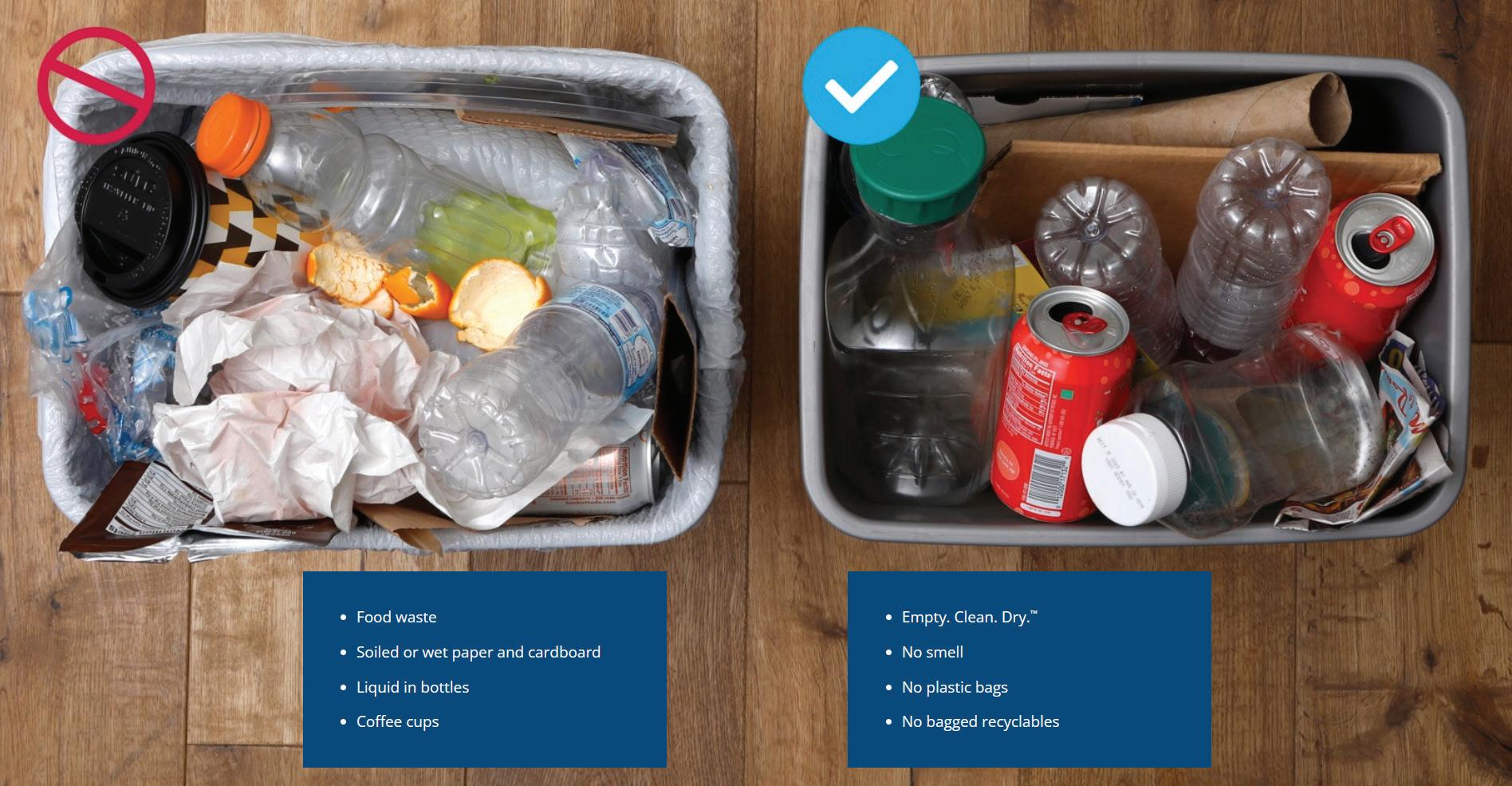
the week. For instance, my garbage day is on Thursday so my glass bin is put out the curb the last full week of the month. You can find out when your glass pick-up day is by going to the Republic Services or by calling their office at 541-754-0444.
Mattresses can now be taken to the Republic Services building on NE Walnut Boulevard. That's great news because they are the number one most dumped item at the end of the school year. Their hours are between 8am-5pm Monday through Friday. On weekends the recycle collection station on NE Orchard Street is open until 7pm Saturday and Sunday. There are bins there for anything from fluorescent light bulbs to computer equipment to Christmas lights and so on.
What’s new: Plastic bottles, jugs and

▲ GRAPHIC VIA BENTON COUNTY









Aghost IN THE MACHINE:
Pursuing Education with Long Covid
words by RENÉE SILVA
What is Long Covid and how does it affect academic performance?
Long Covid is a cluster of ongoing symptoms after initial Covid-19 infections and symptoms have passed. There is no world wide specifically created and accepted criteria for diagnosis because this is a new condition from a new virus with constantly emerging variations.
“Long COVID (LC) is an infectionassociated chronic condition (IACC) that occurs after SARS-CoV-2 infection and is present for at least 3 months as a continuous, relapsing and remitting, or progressive disease state that affects one or more organ systems.” (National Academies of Sciences, Engineering and Medicine (National Academies) Standing Committee on Emerging Infectious Diseases and 21st Century Health)
Three months after an acute infection of Covid-19, the continuation of symptoms indicates issues with Long Covid. The symptoms include brain and general body inflammation, new learning and cognitive challenges, Post Exertional Malaise (PEM), ME/CFS (Myaencephalitis/Chronic Fatigue Syndrome), balance and muscle weakness, joint and muscle pain, nerve pain and nerve inflammation, sleep interruptions, speech and memory problems and gastrointestinal problems such as being unable to eat full
meals without pain. (PCR25-Thu-7Herman-Long COVID.pdf) All of these issues can make every aspect of education, and indeed everyday life, very difficult. A dramatic lowering of daily functional capacity is very common. It is also very common for Long Covid sufferers to have difficulty doing basic self care like hygiene, remembering to take medication, grocery shopping and preparing meals, eating and basic housekeeping. The adjustment is difficult and can be psychologically disturbing as well (Psychological factors associated with Long COVID: a systematic review and meta-analysis - PubMed).
Each of these issues deeply affects academic performance by lowering functional capacity and creating basic cognition problems. Memorizing, working memory, problem solving, and even the ability to sit up for long periods, all make pursuing education quite difficult as a person with Long Covid. There is a learning curve for a student to understand these new disabilities and how they will specifically affect academic success. Past strengths may have disappeared at the same time that new challenges present themselves. An irony is that the viral injury makes communication difficult and physically painful at times, and yet every aspect of getting and receiving help puts an extra burden of communication on students.
continued on page 22.
Tips for Success:
• Sleep Hygiene is key; our brains need deep sleep to clean and recharge
• Awake and move slowly in the morning
• Learn about and use micropacing
• Learn to consider physical and cognitive work as equally taxing
• Incorporate completely task free (no headphones unless white or brown noise) times and lie down or slowly stretch on a daily basis, in small amounts throughout the day
• Incorporate “corpse pose” everyday and learn to accept PEM (Post Exertional Malaise)
• For caregivers and those working “third shift” housework duties, inform your other household members that you have to retire from non-stop tasks, and stick with it
• Micropace school and double or triple your homework time estimate
• Make a plan with CFAR which includes extra test and assignment time, memory aids, and testing help.
• Utilize campus, health plan, and county resources to find a trusted counselor and therapist who can help with mental health.
• Prioritize sleep, nutrition, respiratory health and calm rest over extra curricular activities.
• Use the Visible app to track symptoms and access information and help from all over the world.
• Use the Finch app to help make and keep very gentle goals with positive, gentle reminders.
• Use your health plans options to pay for vitamin and mineral supplements, including B 12 shots as Long Covid robs your body of nutrition and overwork creates brain inflammation.
• Be gentle, go slow, recover as much as you need to in the ways that work for you.
A SILENT COLLAPSE IN OUR OCEANS
words by SKYLAR WILKERSON
We talk a lot about climate change – rising temperatures, melting glaciers, extreme weather events. But there’s a critical, often overlooked, component of our planet's life support system quietly collapsing beneath the waves, and its demise could spell disaster for us all. I'm talking about phytoplankton, the microscopic drifters that form the very foundation of our marine food web and, astonishingly, generate up to 80% of the oxygen we breathe.
Yet, despite their monumental importance, phytoplankton are consistently sidelined in climate discussions. We're so focused on terrestrial concerns that we neglect the vast, crucial world beneath the ocean's surface. This oversight is a profound mistake, one that directly jeopardizes the air in our lungs and the stability of global ecosystems.
The threats facing these tiny powerhouses are intertwined with the very issues we claim to be addressing. Rising ocean temperatures, a direct consequence of climate change, are creating warmer, more stratified surface waters. This layering prevents the mixing of nutrient-rich deeper waters with the surface, effectively starving phytoplankton of the vital nitrates, phosphates, and silicates they need to photosynthesize and thrive. Studies over the past 65 years, and even more localized data from places like the San Francisco Bay, paint a grim picture of significant declines in phytoplankton abundance. While some localized increases might be observed in areas like the melting Arctic, these are often for specific, less crucial species, masking a vast overall decline.
Then there's ocean acidification. While phytoplankton do consume CO2, the changing chemistry of the ocean makes it incredibly difficult for crucial species like coccolithophores to build their calcium carbonate shells. These particular phytoplankton are essential for the "biological pump," transporting carbon from the surface to the deep ocean. Their reduction weakens the ocean's ability to sequester carbon, creating a dangerous feedback loop that accelerates global warming.

And let's not forget the insidious threat of microplastics. These ubiquitous pollutants aren't just harming larger marine life; they are suffocating and blocking photosynthesis in phytoplankton, turning what should be a vital food source into a deadly trap. The ripple effect is catastrophic: without healthy phytoplankton, the entire marine food web, from the smallest krill to the largest whales, faces starvation and collapse.
The tragic irony is that while the scientific community increasingly
understands these dire consequences, a significant portion of the public remains in denial. A recent 2024 study revealed that nearly 15% of Americans deny climate change exists. This denial, fueled by social media echo chambers and the proliferation of AI-generated misinformation, directly translates into delayed and insufficient policy responses. When a substantial segment of the population refuses to acknowledge reality, how can we expect meaningful action to protect something as vital, yet seemingly invisible, as phytoplankton?

The ramifications of continuing to neglect these organisms are terrifyingly clear: a disastrous crash course for our planet. The decline of phytoplankton isn't just an ecological concern for marine life; it directly jeopardizes the air we breathe and the very stability of global ecosystems on which we depend.
To avert this looming crisis, it is imperative that we recognize these silent architects of our atmosphere and oceans. Phytoplankton must shift from an overlooked footnote in climate discussions to a central pillar of our
environmental strategies. This demands intensified scientific research, robust policy changes to combat pollution and warming, and a collective, urgent effort to bridge the knowledge gap that perpetuates climate change denial.
Only by acknowledging the profound importance of these microscopic drifters can we truly begin to safeguard the future of our planet. It’s time we championed phytoplankton, not forgot them, in the critical fight for climate resilience.
▲ PHOTO & CAPTION VIA USGS
"In the style of Van Gogh's painting "Starry Night," massive congregations of greenish phytoplankton swirl in the dark water around Gotland, a Swedish island in the Baltic Sea. Phytoplankton are microscopic marine plants that form the first link in nearly all ocean food chains. Population explosions, or blooms, of phytoplankton, like the one shown here, occur when deep currents bring nutrients up to sunlit surface waters, fueling the growth and reproduction of these tiny plants.
From Bikini to ZZ
Summer concerts at Cuthbert Amphitheater and Grand Lodge
To the mulleted, shorn of sleeve, tethered to Kenny f'n Powers shades, with domestic foamer in hand and charred tube-meat sputtering over open flame: old ZZ still tops whatever overstudied twangers you got coming out of your speakers.
Death-nearing gruffness and arthritic plodding actually made the band seem more metal live. The singer is still clamoring for a suitor to "Gimme All Your Lovin'" and his long fixation with industrious "Legs" continues, but based on its absence in the set list, old Billy has finally given up on looking for some "tush."
And for those wanting the roots of hip hop, well before the Garylord Opry Mall got their mitts on it-- throw on some George Clinton. You will hear Dre and Snoop and all the 90s thug rap. For P-funk is the foundation on which they were based, or more accurately--bassed.
You will also see all the freaky free spirits and liberated rump shakers in their psychedelic sci-fi funk (from Prince to Andre 3k, Janelle Monae to Flying Lotus and Thundercat).
I was left impressed and appreciative that these wizened troubadours are still chuggin' down the road and stopped off at Eugene's wonderful Cuthbert Amphitheater to serenade the seated and standing in the twilighted summer air.
Meanwhile, Forest Grove's McMenamins Grand Lodge seems to be the place for rock reformations, with both Kathleen Hanna's Bikini

Kill and Jenny Lewis' Rilo Kiley revisiting their earlier work at the unique hotel/venue. (The two bands, coincidentally, also serve as a useful demonstration of how indie rock changed from the ‘90's to the early ‘00's). Autumn descends with the returning chill in the air. Considering the age of the legends and tenuous nature of reunions, much of this will likely be gone soon. So, the next fleeting sun- filled day, all you sharp dressed men and rebel girls and Rilos and Kileys, free your minds and let our past remind us of the beautiful promise of a wondrous future that we can make together-Oh, America let us push past our hate and truly become One Nation Under a Groove.
And remember, for when it returns, Cuthbert Amphitheater and Grand Lodge are great summer outdoor concert spots.
Long Covid can affect anyone of any age or background. There is no action the person with Long Covid has done, or not done, to make themselves personally responsible for their viral injury. There is also no cure and no way for the individual to “fix themselves” or remove the effects of Long Covid through any product or protocol. It is important to validate the experience of those with Long Covid, and to resist the desire to discount the reality of L C or “offer cures.” If you have L C, validate yourself and your experience. The Visible app was created by a Long Covid sufferer. It is very helpful in helping to track, and therefore understand, how your symptoms are affecting your life. The app also tracks heart rate variability and helps the user to understand when to slow down, and micropace or rest. It also allows the user to export the data to a PCP or other healthcare provider. This can also be important documentation for CFAR. Because Long Covid is new and invisible, people can assume that a person does not have a disability based on physical appearance. Women and POC are statistically not believed when they articulate pain or discomfort, including other “invisible” symptoms Cumulative social disadvantage and its impact on long COVID: insights from a U.S. national survey - PMC). This adds to concerns with equity, inclusion and bias in an already invisible condition. Making an appointment with CFAR through LB’s apps in Single Sign On is a first step towards help in finishing classes. An appointment with your PCP for a referral to OHSU’s Long Covid Clinic can help students have access to Speech Pathology and other therapies to rebuild and assess cognitive changes. Oregon Health Plan covers these therapies and care. The Visible and Finch apps are helpful to track functional capacity and meet tiny goals including self care, respectively. A slow approach, with accommodations for tools like memory aids and extra time for tests or taking class tests online to combat PEM are good basic places to start. Living With Long COVID | Long COVID | CDC The CDC provides a good start in living with Long Covid or serving those who have Long Covid in an academic environment. All people with Long Covid are guaranteed academic access through the American with Disabilities Act and IDEA (The Rights of Students with Disabilities Under the IDEA, Section 504, and the ADA | Congress.gov | Library of Congress).
▲ PHOTO VIA RAJ GUPTA George Clinton.
words by GEORGE BENNETT
Upcoming Events
Check out more events here: Time Management Workshop
Tuesday, November 4th 11:15-11:45AM in WH 224
Learn a few tools and tips to help manage your time, organize your tasks, and improve your work/life balance.
First-Generation Student Celebration
Wednesday, November 5th
12-1PM in Forum 220
Enjoy cake and honor our first-gen students!
Avoiding Burnout Workshop
Wednesday, November 5th
12:15-12:45PM in WH 224
Speed Friending
Thursday, November 6 11:30AM-1:30PM th
Outside Student Union in F120
Make new friends! FAST!
Citations Workshop
Thursday, November 6th 1:30-4PM in Writing Center
Chill Stations
Monday, November 10th 12-3PM in Roast Runners
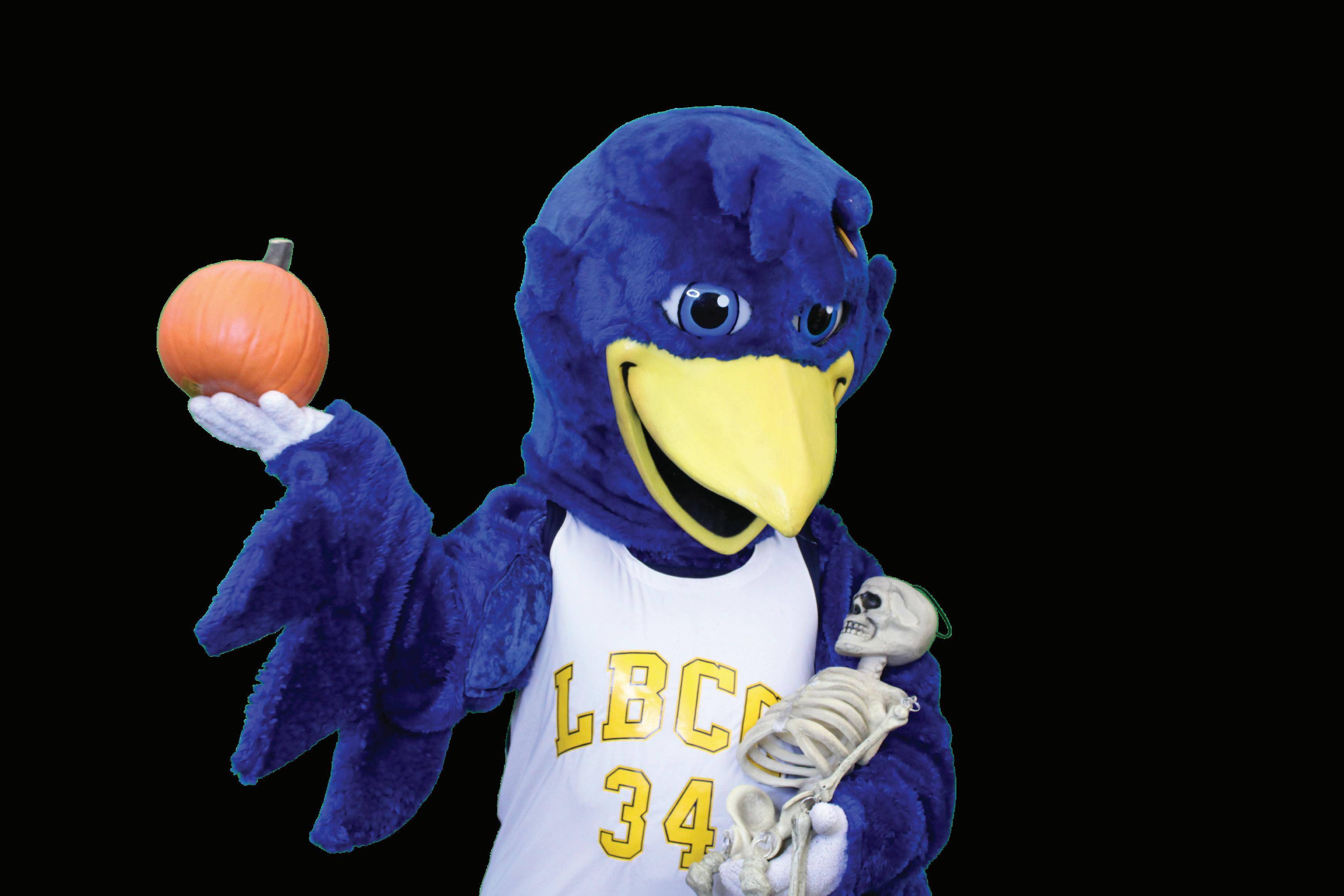
Meet us for chill vibes, self-care activities and giveaways!
Film & Fork: Wreck-It Ralph
Film & Fork: Wreck-It Ralph
Thursday, November 20th 4-6PM in Commons Cafeteria
Free food and movie. All are welcome!

The Typewriter
words by JULIA BOBE
graphic via FREEPIK

“Wait, how do I know you are legit?” Agatha asked in an almost begging tone. Rather than give a real response, Wanda laughed and handed Agatha over a business card.
It was blood red, and texted out, “Elizabeth Crawford, Lost Library Cove, NE 699 Horntide.”
When Agatha could look up, Wanda was gone.
“Want another drink?” the bartender asked awkwardly.
Agatha was rushing down her downtown, breathing heavily with each step. Her long brown hair was just as disheveled as her mind, with several strands racing in the winds. Agatha wore thick round glasses, which further widened her already large and expressive eyes. Her clothes were also extremely unflattering, making her look like a hipster in the early 2000’s. In many ways, Agatha could have looked like a supermodel, if she ever went to the spa once in her life and had more time to bathe herself for more than once a month.
Alas, life had not been so kind to her. Agatha had gotten a Master's Degree in creative writing, leaving her with crippling student debt. When she started her writing career, she was rejected by most publishers.
“The idea is great,” Agatha distinctly remembered one of them saying. “But unfortunately it’s not what we are seeking to publish.
“Plus, grammar is not one of your strong suits.”
It took her ten years until Agatha could actually get one of her books published, which was a light-hearted YA romance. Unfortunately, it didn’t become a bestseller. Rather, Agatha’s book got two stars on Amazon.
“This book has probably one of the worst openings,” a one-star review posted.
“Its plot is barely any better than most Wattpad fanfictions.”
It was only a week ago that Agatha was at a rundown bar, drinking her sorrows away as she scrolled through all the bad reviews on her phone. In between the loud cries of drunks, she barely made out a strange figure sitting right next to her. The figure was a beautiful lady, with blood red hair and emerald green eyes.
“Want another drink,” she seductively asked.
Agatha’s vision had already become quite blurry, but she couldn’t find any harm from saying yes to the woman’s request.
After the woman shouted to the bartender for a bloody mary, she said to Agatha, “I see all those bad reviews.”
“Tell me about it,” Agatha signed. “Oh, this review is my favorite. It says, ‘may the author be forever blacklisted from any publishing agency.’”
“Oh, tough crowd,” the woman snarked as the bartender handed her a bloody mary. “Maybe I could be of some assistance to you.”
“Like you could be a publisher.”
“Actually, I am a publisher of some sorts.”
As the woman handed Agatha her drink, Agatha stared back at her with complete bewilderment.
“Apologies,” the woman jokes. “I believe we haven’t had a proper introduction. My name is Wanda Crawford. I work with my grandmother at her library, though I’m more of a librarian. She, on the other hand, is always willing to offer her services as an editor.”

Back in the present, Agatha had arrived at the mysterious library. Much to her surprise, it was well-kept, but rather Victorian-looking. The library was blood red, with only a few windows decorated in gold. Agatha looked down at the business card that Wanda had given her that night.
“Is this really worth it?” she said to herself out loud.
Agatha looked back up at the library, taking a deep breath as she marched toward. She walked up to the door of the library. Already, Agatha’s stomach became uneasy as she looked at the seemingly freshly painted door. Despite that, she managed to pull the rusty handle open to see the inside. Much to her surprise, the library was very well-kept and modern.
Agatha ran her fingers through all the books, noticing how there were a few new ones mixed in.
“May I help you?” a relatively youthful voice said in the distance. Agatha turned her head for quite a surprise.
It was an elderly woman, and not one who could be described as a silver fox. She had hair so frail and light that it looked more like spiderwebs on her head, and her eyes were shrunken to near nonexistence.
The elderly woman wore the strangest clothes one could imagine. She wore what a middle-aged woman would wear going to bed, an overgrown lavender shirt. The main difference was that the elderly woman’s gown was reaching her knees.
“Are you Elizabeth Crawford?” I sheepishly asked.
“Why, who less could I be?” Elizabeth laughed. “Definitely not my daughter.” Agatha froze for a little while, wondering what to say now.
“Like I was saying,” Elizabeth said. “Do you need help with anything?”
“I’m actually a writer,” Agatha stuttered. “And I would be making good money right now.”
“I see, my daughter must have brought you here.”
“So, how exactly can you help me with my situation?”
“Darling, it’s actually quite simple.
“See, you are not the first writer I have encountered. I have met many who aspire to write from the heart. Unfortunately, their brain isn’t quite there. Lucky for them, I have a trade.” As Elizabeth said that, she motioned Agatha to the basement.
“Come on, it’s just a typewriter.”
The basement stairs were barely held together. Decorated with spider webs, they were nothing but creaking wood aging thanks to the ponds of water that formed there for ages. When she reached the bottom of the stairs, Agatha saw the typewriter. It sat humbly on a desk, being an old-fashioned, light green color.
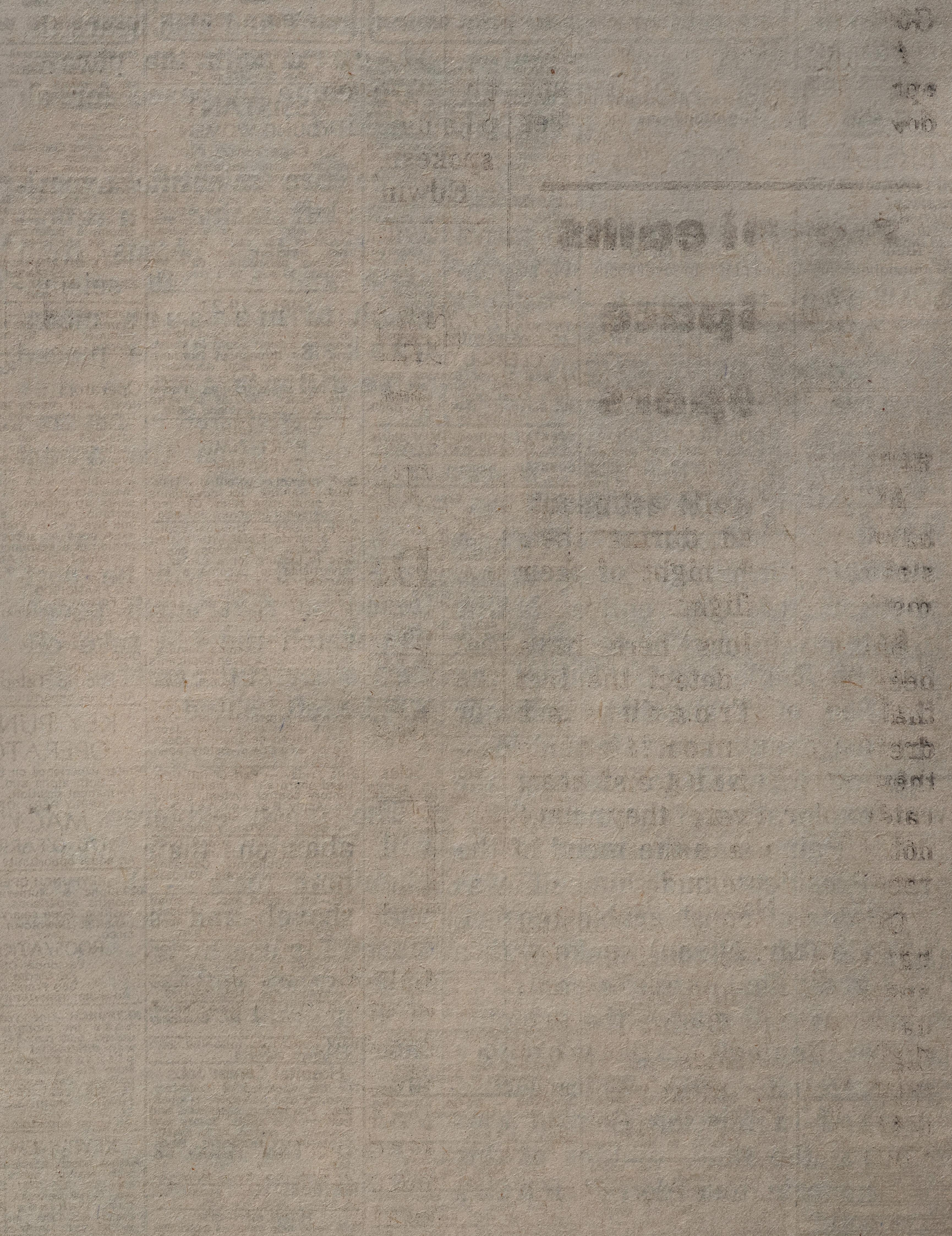

“So,” Agatha awkwardly asked as she walked closer to the typewriter. “Is there anything special about this typewriter?”
“This typewriter has the souls of thousands within,” Elizabeth bluntly stated, slamming her hand onto the dusty typewriter. “However, it’s never satisfied.”
“So, what do I do with it? Just type like and I will be printing a masterpiece?”
“Go on, it’ll see your ideas and make a superior version of them.”
Agatha reluctantly walked towards the typewriter. She noticed that the closer she got, the more metallic it looked. As soon as Agatha stood at the typewriter, she reluctantly let one of her fingers touch the typewriter. Suddenly, a whole word was printed out onto the paper attached to the typewriter.


“When will this story end?” Agatha muttered to herself, ready to leave.
That was when Agatha’s vision began to fade. The words from the typewriter were disappearing. As Agatha began to rest her head, a sudden noise woke her up. It was like a computer malfunctioning, which confused her. Agatha looked straight in front of her, seeing the typewriter omit an unnatural light. It was typing on its own, but she couldn’t see what.
“Continue,” the typewriter called out. “You can’t stop now.”
“Sorry, but I’m having writer’s block right now,” Agatha cried out. “Just please, let me take a ten-minute break.”
“You don’t get a break.”

“There was a girl named Belle,” Agatha read on the page. “She was a dreamer who wanted adventure. Wait, I didn’t write any of this. How is that possible?”
“I’ll leave you to it,” Elizabeth snarked.
“Remember to keep up with the typewriter, it’s very impatient,” she said before she walked up the stairs.
Agatha gently sat herself down and looked at the typewriter in front of her. “Surely, this can’t be too hard,” she muttered to herself.
Soon after, her fingers darted over the typewriter.
Agatha wrote for what felt like an eternity. With a smug look on her face, she couldn't care less how long it took for her to be invested in her passion. The words were just flowing onto the paper, like a tsunami. Agatha didn’t even feel like writing most of it. The ideas would just come to her, and she would accept them.
Who needed to put in effort anyway? That was when the typewriter came faster than Agatha could type. Words rushed onto the paper, all of which Agatha could no longer predict. After a while, she became tired.


At that point, Agatha’s hands were shaking. Her face became pale as she tries to think of what to type in next. Agatha’s mind became completely blank, with any potential idea being frozen in time. Before she knew it, she fell asleep. Agatha just couldn’t continue.
That rest for Agatha was the best she had in her entire life. In that moment of darkness, she could let her mind drift away from her. Of course, the sweetest moments for Agatha were her greatest traps. The darkness eventually ended, being met with pure whiteness. She looked around the void, with not even an echo to help her.
“Hello!” Agatha cried out. “Is anyone there?”
In the deafening silence, she could hear other people. They too were crying out for help. Despite that, Agatha couldn’t find them. She couldn’t even make out what they were saying.
“Please, where am I?!” Agatha called out again. “Someone help me?!”
Alas, her fate was sealed. Agatha was trapped within the typewriter, being nothing but another soul imprisoned. And not long after, steps echoed from the staircase, close to the typewriter.
Train on 230 acres behind a closed gate before driving on public roads. We don’t rely on simulators. Students get real world experience and start driving and backing on the first day!
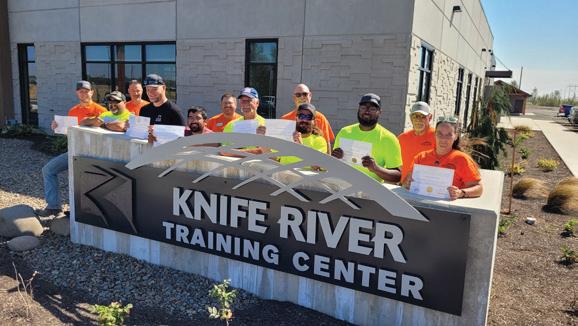
Our trucks are equipped with manual transmission and air brakes, ensuring graduates earn unrestricted Class A or Class B CDLs and are ready for the road—no matter the truck.
Experienced Instructors
Our instructors bring over 130 years of combined driving and teaching experience, delivering hands-on, industry-informed training that sets our students up for success from day one.


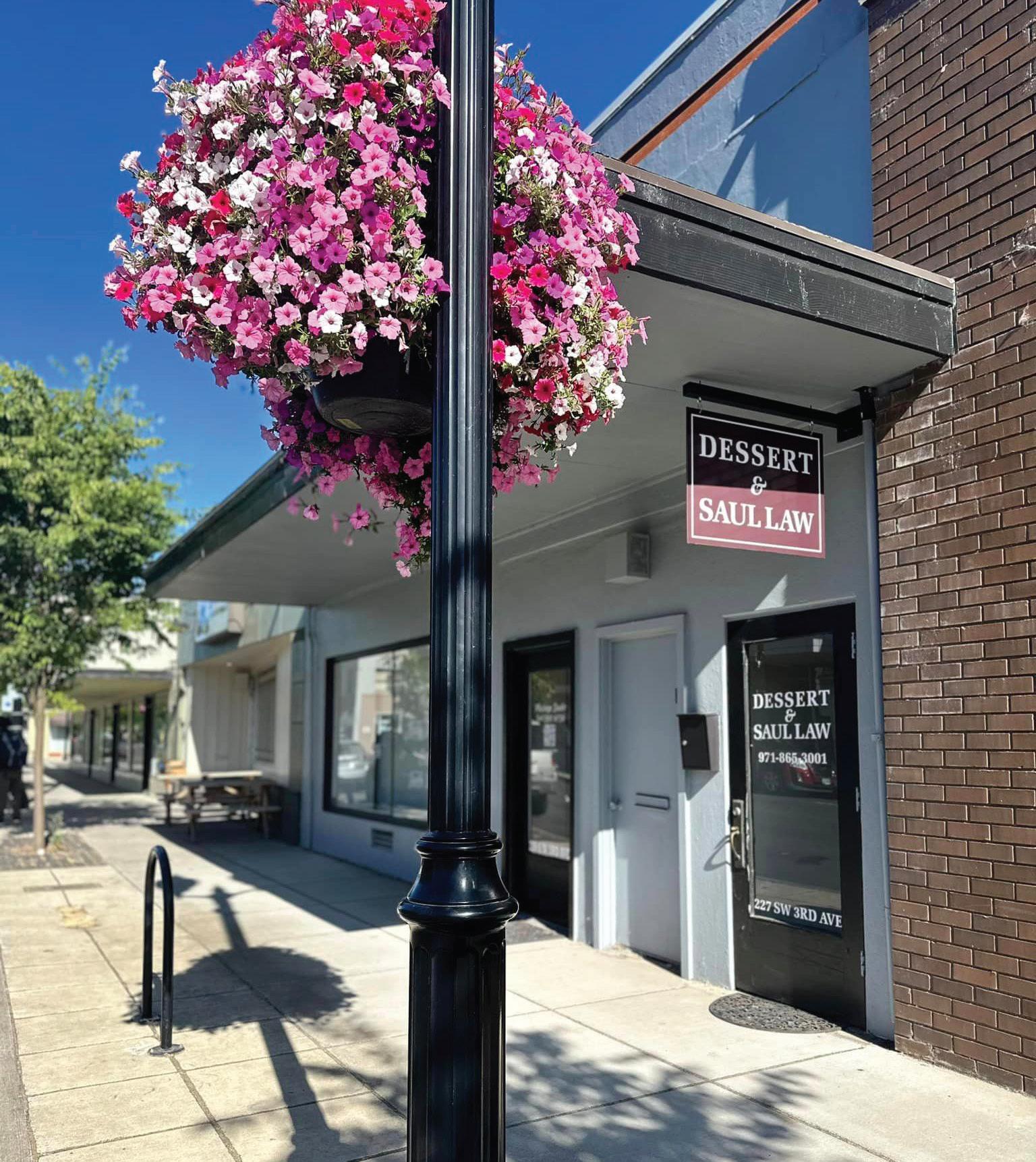
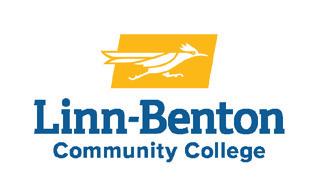



COLLECTION OF FALL POEMS
MY SUNSHINE
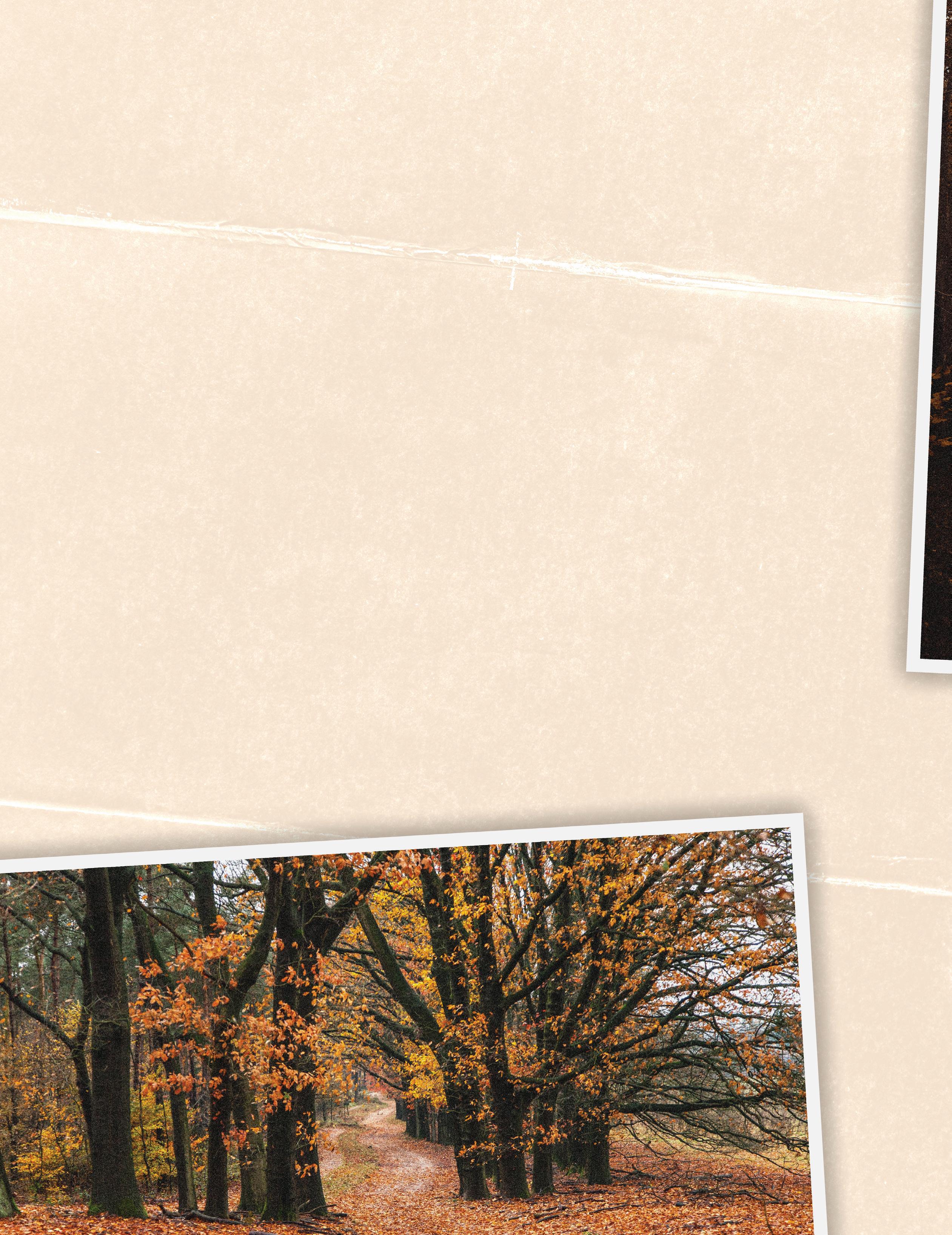
poems by COOPER MADISON-DAWSON
Where you look out the window and can’t help but daydream.
A coldness in a chill that runs past, and down the glass in a stream.
I yearn for the days when I felt your warmth and watched you beam.
FALL SINGS
When the sky is gray, the colorful leaves fall from the trees
Browns, reds, and yellows, all whirling about in the breeze
The cold air stings, like the pulling of heartstrings
I think of these things, how beautiful fall sings.
A HUMBLE AUTUMN
The crisp autumn air, and not a care
A warm fireplace, a cozy chair
We snuggle up, and share
A good book, warm coco
You and me, there.

steak fajitas monthly meals


1. On a large cutting board, cut the steak into thin strips and then into bite-size pieces. Transfer the steak to a zippered plastic bag.

35 min. serves 4-6
1/2 lb [680 g] London broil
2. Flip the cutting board over onto the clean side, mince the garlic and add half to the steak. Juice three of the limes and add two-thirds of the juice to the steak along with 1 Tbsp of the vegetable oil, the cumin, 1/2 tsp salt, and a few grinds of pepper. Mush the marinade around, squeeze out the extra air, zip the bag closed, and let it rest on the counter while you prepare the other ingredients.
3. Thinly slice the onion and then mince about 2 Tbsp of it; place the minced onion in a medium bowl and the sliced onion in a larger bowl. Seed and thinly slice the bell pepper and poblano and transfer them to the bowl with the sliced onion.
Detached from a tree. I fall. FALL.
Where I wanted to be, to be free.
In fall. Like a leaf, like me.
WINTER ARC
A cold breeze, and dark trees.
A world that has you on your knees.
Falling leaves, a raven’s wings.
This season marks the rising of kings.
2 garlic cloves
4 limes
2 Tbsp vegetable oil
1 tsp ground cumin
Kosher salt and freshly ground black pepper
1 small red onion
1 poblano chile or green bell pepper
1 red bell pepper
2 ripe avocados
2 Tbsp chopped fresh cilantro
Eight to twelve 6-in [15-cm] flour tortillas
Crumbled queso fresco
Sour cream
Jarred or fresh salsa
4. Halve and pit the avocados, then, using a large e spoon, scoop the avocado flesh into the bowl with the minced onion and add the cilantro. Mash it ally together with the back of a fork. Add the remaining one-third lime juice, a sprinkle of salt, and a few grinds of pepper. Taste and add more salt, pepper, or lime juice if it needs it and set the guacamole aside.
5. Heat a 12-in [30.5-cm] skillet over medium- high heat and add the remaining 1 Tbsp vegetable oil. When the oil shimmers, add the sliced onion and peppers and the remaining half of the garlic. Sprinkle the vegetables with 1/2 tsp salt and a few grinds of pepper and sauté them until they're tender but still a little crisp, about 5 minutes. Transfer the veggies to a large platter.
6. Add the meat and marinade to the hot pan and sprinkle the meat with salt and a few grinds of pepper. Sauté the meat, stirring every now and then, until medium-rare, about 2 minutes. Transfer the meat to the platter with the vegetables. There should be marinade remaining in the pan. Continue to cook for another minute until it reduces somewhat, and then pour it over the meat and vegetables.
7. Warm the tortillas on a plate, covered with microwave-safe plastic wrap, in the microwave for 30 seconds to 1 minute. Slice the remaining lime into wedges.
8. Lay out the platter of meat and vegetables, warm tortillas, guacamole, cheese, sour cream, lime wedges, and salsa on the table and make personal fajitas just the way you like them.
Source:
One Pan, Whole Family by Carla Snyder
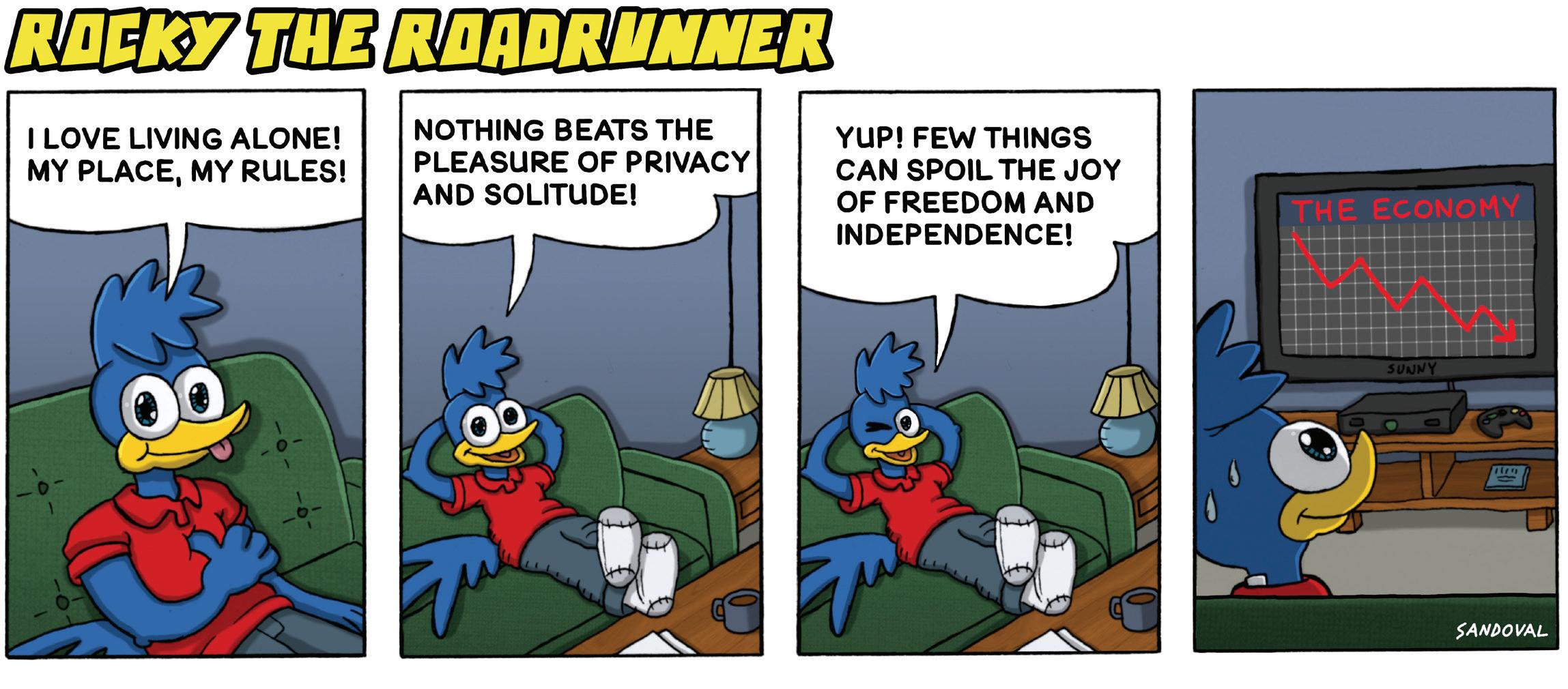


comic by JESUS SANDOVAL-URIBE
across
01. Pocket watch attachment
4. Insurance _____ adjuster
9. Some radios
14. Plastic ____ Band
15. Book genre for DIYers
16. Tam-o'-shanter's French cousin
17. Part of Superman's ensemble
20. Pooh-bah of Qatar; var.
21. Talk Texan
22. Comedian's stock in trade
23. Tests ore
26. ____ Jima
29. Bambi's aunt
30. Ease, as fears
31. Tam-o'-shanter wearer
32. Applied 3-in-One
33. Radii on a bike
35. Source of much of Superman's power
38. Furthest from stern
39. Loud, as a crowd
40. Gas giant of the west
41. Like clowns, to coulrophobes
42. Give in to gravity
45. Wildebeest
46. The Flying ____ Finger of Fate
48. Jingle-jangle-jingler of song
49. Dictator's aide
51. Stage and screen's Lena
52. Superman's weakness
57. Put in the crosshairs
58. Bright lights of Broadway
59. ____ Woodman
60. Bids one club, say
61. They undo deles
62. Zorro's beginning
puzzles crossword sudoku
down
01. Be a hunter/gatherer
2. The smallest type of band
3. Neighborhood grocery
4. Blacken on the grill
5. Cut (off)
6. Impress greatly
7. "Let's call ____ day"
8. When repeated, Mamas & Papas hit
9. Arafat's successor
10. Catty statement
11. Mischievous
12. "Miracle" player of 1969
13. Ave. crossers
18. These, in Tours
19. Prohibitionist
23. Mete out
24. Did in a dragon, say
25. Total loser
27. Escapees from Pandora's box
28. They may be sudden death
30. Suffers from
31. Emulate Icarus
32. Butter sub
33. Sleep soundly?
34. Say grace, say
35. Tale with many strands
36. When drawn out, Steve Martin's catchphrase
37. Eurasion river
38. Hit a putt close
41. Has contempt for
42. A shot of seltzer
43. Em, to Dorothy
44. Lorne, of "Battlestar Galactica"
46. ______ for oneself (goes it alone)
47. Printer's fluid
48. Sherman, to Mr. Peabody (oddly enough)


50. Any one of Archie's Pals 'n' Gals
51. Eric Cartwright
52. Fed. watchdog agcy.
53. Dangerous tide
54. "Is it soup ____?"
55. "The Tell-Tale Heart" scribe
56. Original broadcaster of "Rizzoli & Isles"




"Superman" by Steve Zisser
